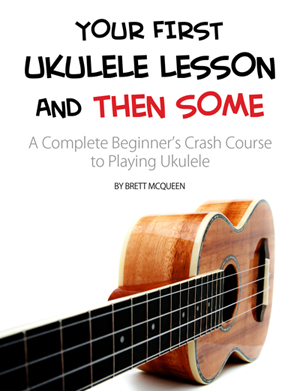Chord melody is a style of ukulele playing where you strum the chords and fingerpick the melody at the same time.
Often chord melody arrangements feature modern pop songs you would normally sing but instead play solo on ukulele.
However, you can also play what I like to called chord melody vamps, where you take a repeating chord progression and improvise a melody with those chords to create a beautiful-sounding solo piece played on your ukulele.
In this video, discover a fun and easy way to play your own improvised chord melody vamps on ukulele.
I show you how to play a few chords with a mellow-sounding strumming and picking technique, while adding in improvised melodies.
By the end, you’ll be playing your ukulele in a creative, beautiful-sounding way!
Keep reading for the chords and scale pattern used in this video.
Ukulele Chords Used in This Chord Melody Vamp
For this vamp, I like to use four different chord positions.
These ukulele chords tend to sound moody together because most are major seventh or dominant seventh chords.
Seventh chords give a chord progression or song that “flavor” or complexity to give it a “vibe” or moody feeling.
These chords are your home base for your vamp, meaning when you go to introduce the melody later, as instructed in the video, whenever you’re not sure what melody to play, just come back to these chords because they will sound great on their own.
Fmaj7 Chord
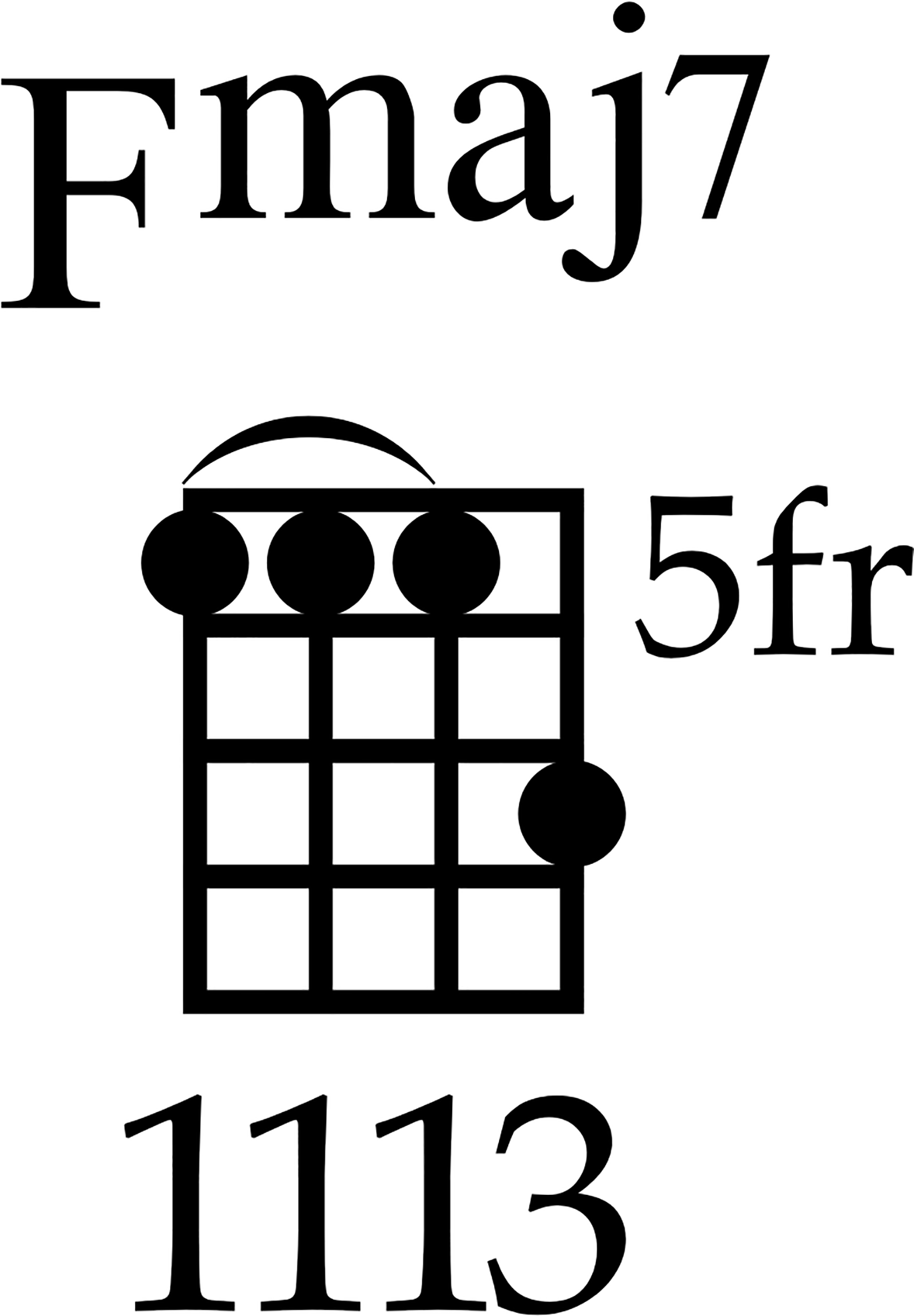
To play an Fmaj7 chord, barre or press down all four strings at the 5th fret with the index finger and place your ring finger on the 7th fret of the bottom A-string.
Cmaj7 Chord
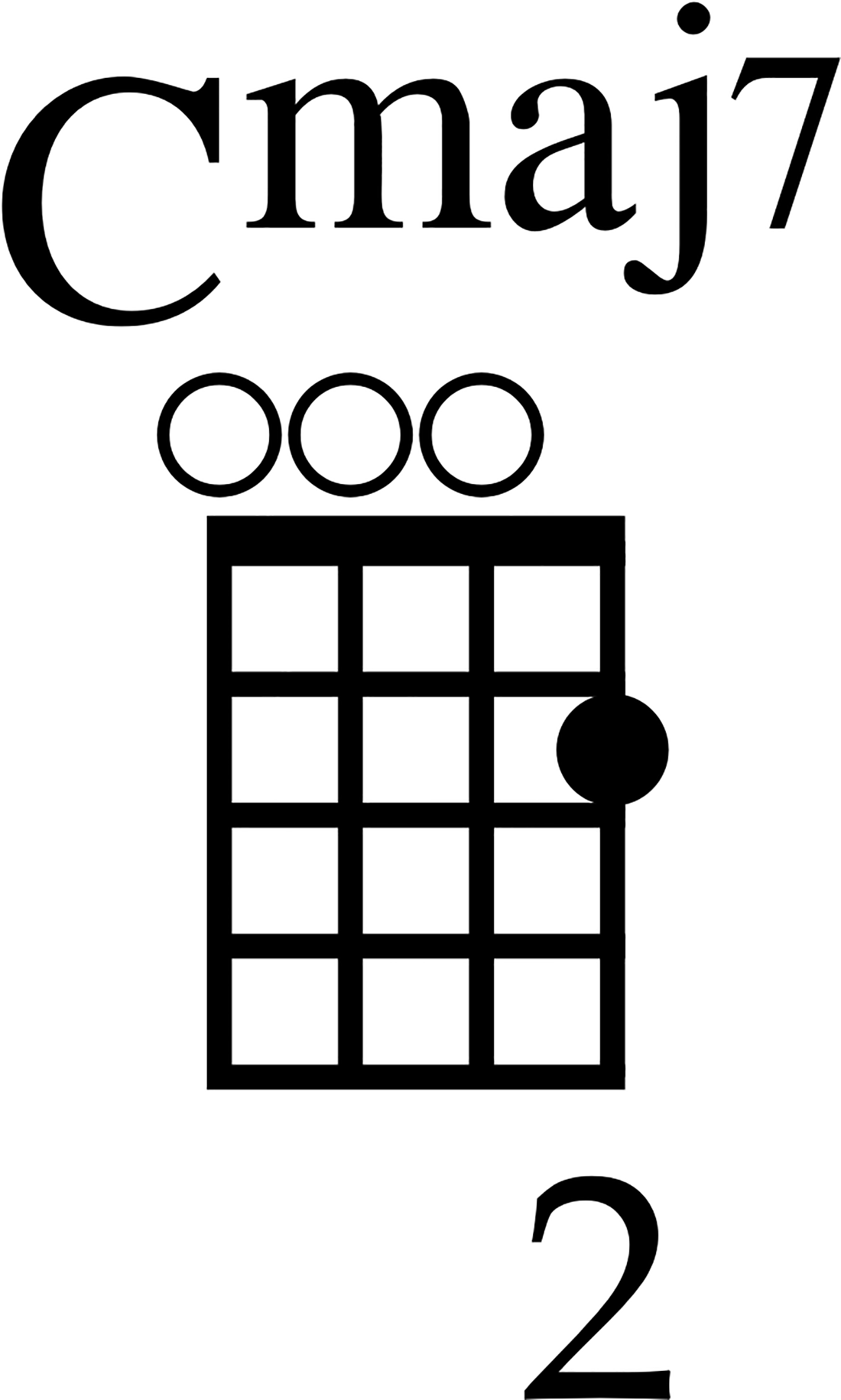
To play a Cmaj7 chord, place the middle finger on the 2nd fret of the bottom A-string and let the top three strings ring open.
G7 Chord
This is a fun variation of G7 that is played more up the fretboard.
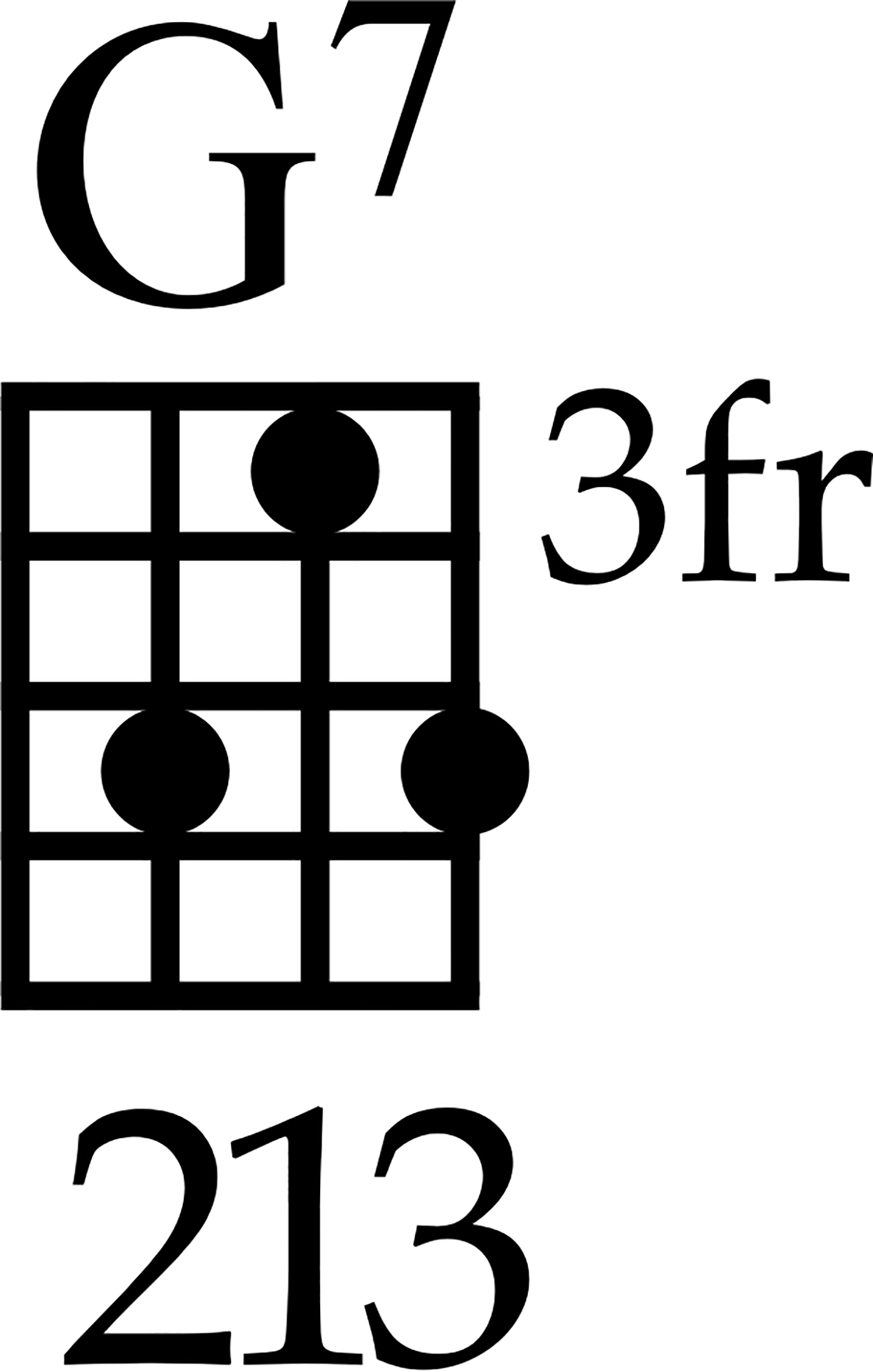
To play a G7 chord in this variation, place the middle finger on the 5th fret of the C-string, index finger on the 3rd fret of the E-string, and ring finger on the 5th fret of the bottom A-string. Let the top g-string ring open.
F Chord
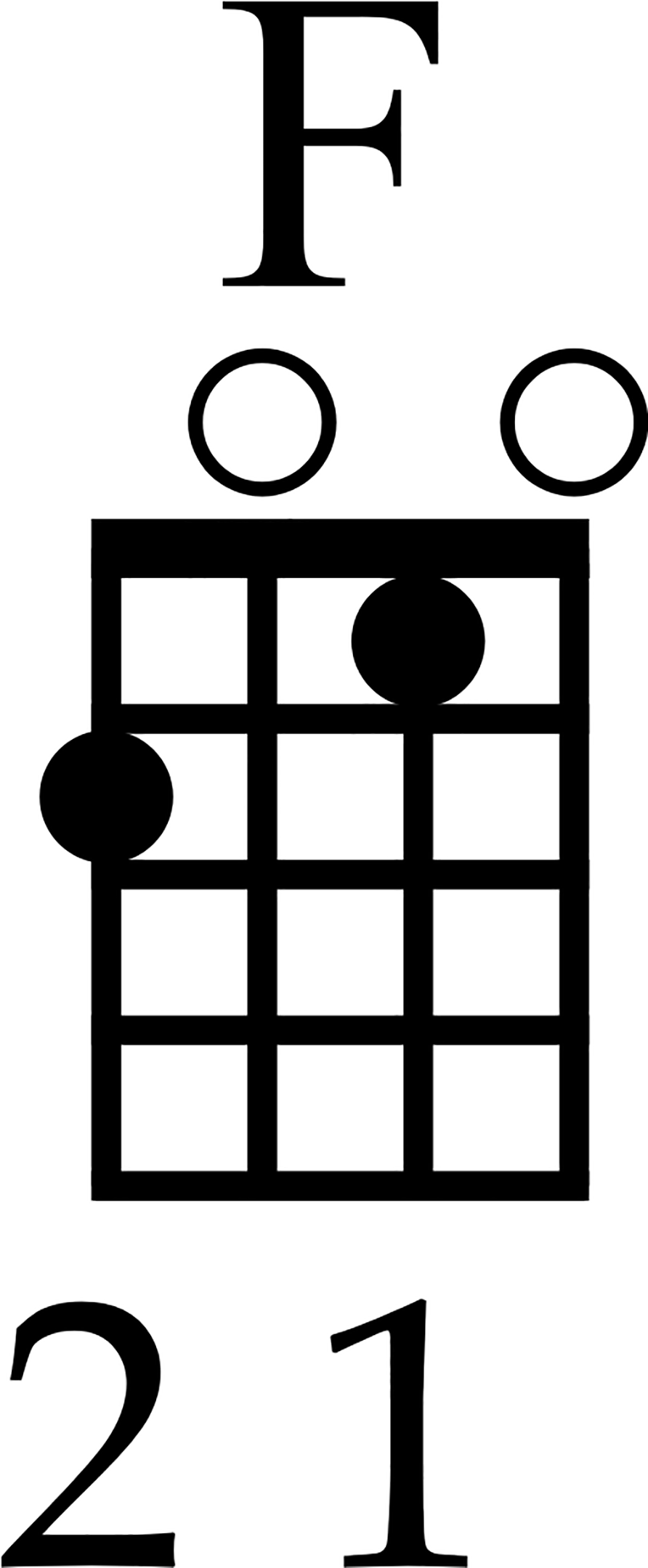
To play an F chord, place the middle finger on the 2nd fret of the top g-string and index finger on the 1st fret of the E-string. Let the other two strings ring open.
“Pinch Strum” Strumming & Picking Pattern Used
To achieve a soft, warm and mellow sound for the strumming and picking, we’re going to use the Pinch Strum technique, where you strum down across the strings with the flesh-side of the thumb and up across the strings with the flesh-side of the index finger.

Be sure to watch the video to learn exactly how to perform the pinch strum.
How to Improvise Chord Melodies
After you’ve practiced the above chords and strumming/picking technique, you’re ready to improvise your own chord melodies!
To do so, you need to know a couple things.
First, these chords are found in the key of C major, meaning that any melody note we select to improvise should be found in a C major scale.
To go with that, any melody note you’re going to improvise with these chords is played on the bottom A-string to place the note as the highest note in the chord to make it stand out.
This means you need to know where the notes of a C major scale are played on the bottom A-string.
The notes found in a C major scale are:
C-D-E-F-G-A-B
These notes are considered natural notes because they don’t have any sharps or flats.
Your goal today is to learn and memorize the natural notes (i.e. the notes found in a C major scale) on the bottom A-string.

Any of the notes found in this pattern can be used to improvise your melody.
Note: I didn’t want this lesson to turn into a theory lesson so if you’re interested in learning the building blocks of a C major scale you can discover more here.
So, how does this pattern work with the chords?
This is where it gets really fun.
For each of the chord positions above, modify the note fretted on the bottom A-string of the chord with any of the notes found in the above bottom A-string natural note pattern.
This is where you’ll want to watch the above video where I show you specific examples of improvising melodies with each chord by modifying the bottom A-string note in the chord.
It’s Your Turn
So, to recap, here’s how to improvise your own original chord melody solo on ukulele:
- Learn the chords
- Practice the pinch strum
- Memorize the natural notes of the bottom A-string
- Practice modifying the note on the bottom A-string of any of the chords with a natural note
- Write out your own chord progression using the chords above and create your own improvisation!
Remember:
You have full permission to be as creative as you want!
In the video, I gave you a lot of ideas that you can take and implement to come up with your own chord melody vamps.
This is one of my favorite ways to play ukulele and tap into a more creative side to playing. I encourage you to have fun with this and take your time being curious about the kinds of melodies and finger positions you’ll discover. Let your ears be your guide and create something new today!

